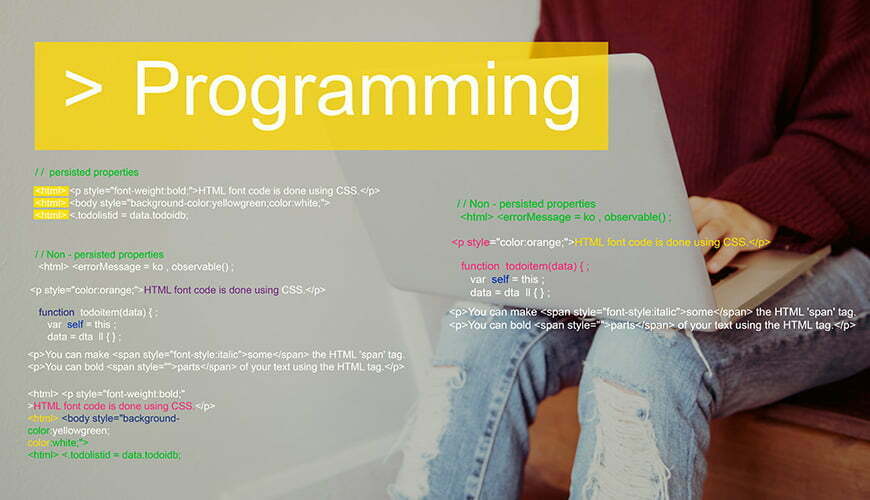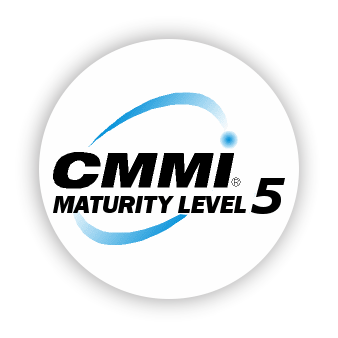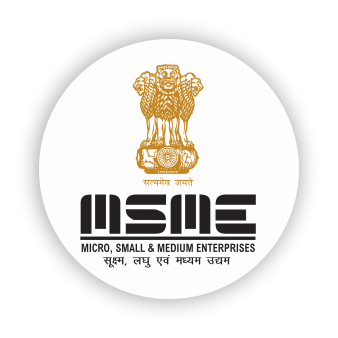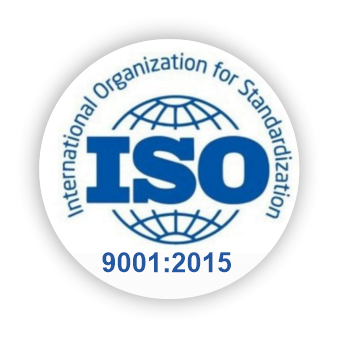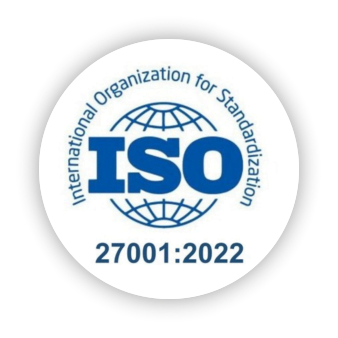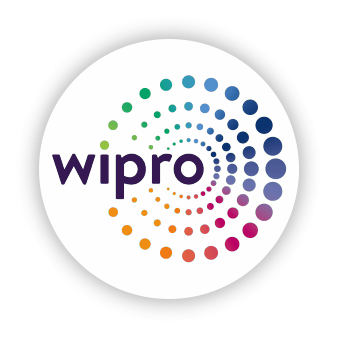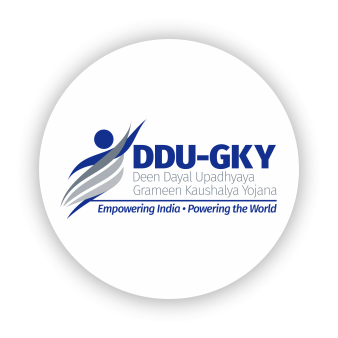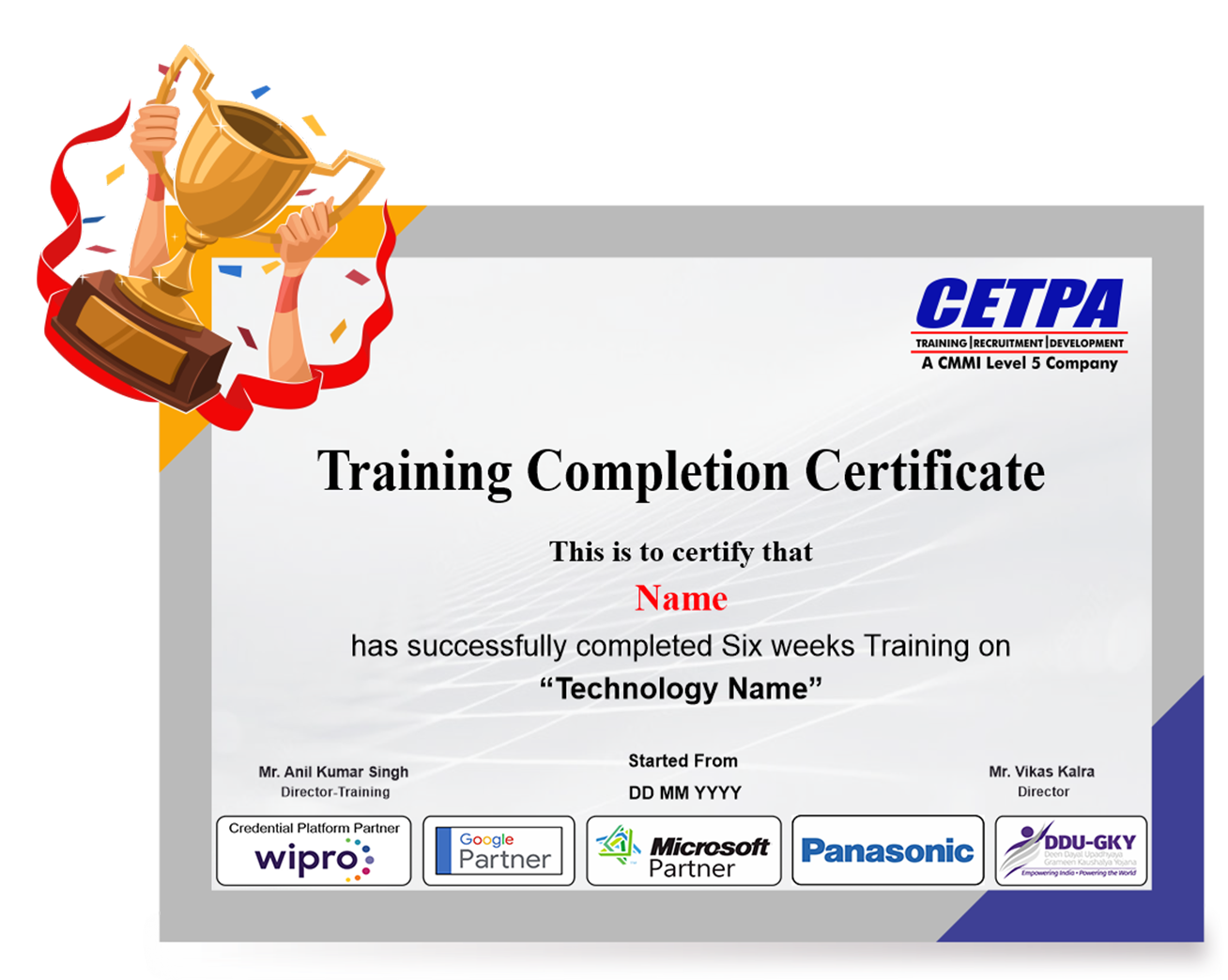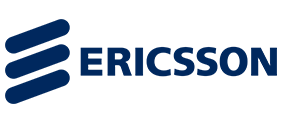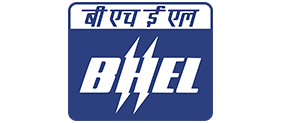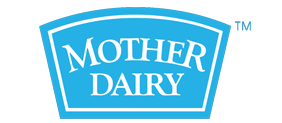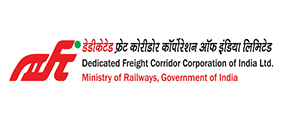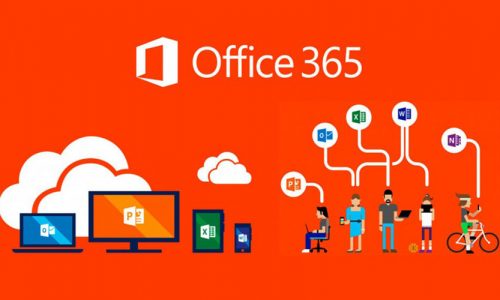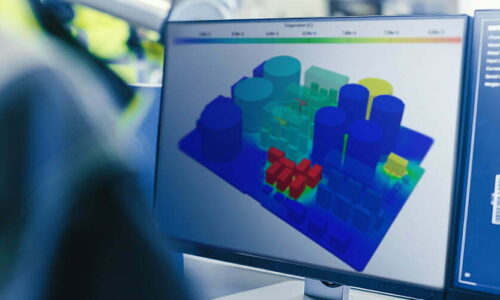R Programming Certification Training
Discover the depths of R Programming Technology. Join us now to gain comprehensive insights into R Programming technology from a seasoned professional.
![]() 5 out of 5 based on 101 user reviews. |
5 out of 5 based on 101 user reviews. |  |
|  |
|  |
| 
Enquire Now
Accreditations & Affiliations
Training Features
Best R Programming Training Institute in Delhi NCR
Join Best R Programing Online Training in Delhi, R Programing Online Training Course in Delhi, R Programing Online Training Institute in Noida
CETPA INFOTECH is the leading training institute in Northern India providing R Programming training as well as training in other cutting edge technologies. It is the best R programming Training in Delhi NCR R is a programming language for statistical analysis, reporting, and graphics representation. R is freely available under the GNU General Public License, and pre-compiled binary versions are provided for various operating systems like Linux, Windows and Mac. Due to its expressive syntax and easy-to-use interface, it has grown in popularity in recent years.
CETPA has been awarded as “Best IT and Embedded Training Company” for 5 consecutive years. It delivers high-quality R Programming training in Noida according to the international standards. This course has been especially designed to prepare students for a job in the analytics space. This training is delivered on the short duration as well as long term basis. Any technical student or corporate person can join this training. This training is especially beneficial for-
- Graduates who want to build career in this field.
- Professionals working in data science and analytics industry.
- Professionals looking for a career switch into data science and analytics.
The company has designed training programs for both students and professionals separately. R Programming course with CETPA provides an extensive coverage of a number of advanced R Programming concepts and their implementation in real-time projects. The training offers hands-on experience with a number of common R Programming concepts.
With world-class infrastructure and a dynamic team of experienced faculty, CETPA provides the R Programming training in Noida. After completion of the R Programming program at CETPA, the students are awarded a global Certificate which is recognized as well as accepted not only in India but also in foreign countries. The training process at CETPA comprises of both classroom as well as practical sessions which will make students capable of handling complex and difficult situation when they would join the corporate world.
Training in R programming is available on weekdays as well as weekends. Special Classes can also be scheduled as per requirement.It is the best R programming Training institute in Delhi NCR. Its industry-focused curriculum is in line with the international standards to make sure that the training prepares our students for jobs not just in India but foreign countries too. Apart from that, it makes all its efforts to provide placement in top MNC’s to its certified students.
Other benefits of training CETPA-- Hands-on Mode of Teaching as well as opportunity to work on live projects.
- 100% Placement Support for all Students
- Proficient and Skilled Trainers from the Industry
- Flexible Batch Timings
- Small Batch Size for individual attention
- 1 year Membership Card
- You will get better knowledge of programming and how to implement it for actual development requirements in the industrial projects and applications.
- Enhanced knowledge on the web development framework. Using this framework, you can develop dynamic websites swiftly.
- You will learn how to design, develop, test, support and deploy desktop, custom web, and mobile applications.
- Design and improve testing and maintenance activities and procedures.
- Design, implement and develop important applications in a R Programming environment.
- Increased chances of working in leading software companies like Infosys, Wipro, Amazon, TCS, IBM and many more.
Professional growth, increased compensation and validation of the skill are the most popular reasons why individuals and professionals seek IT certifications. Keeping this in mind, we at CETPA provide you with certification in latest and innovative technologies to help you to reach your certification goals.
CETPA is the official Training partner of Oracle, Microsoft, Autodesk, Panasonic and Nuvoton and thus provides Training as per international standards and curriculum. CETPA proudly provides you certification in association with our training partners so that you can validate your domain specific technical skills. Certification from these big brands will help you in grabbing your dream job.
- Gives you an advantage while searching for a job and provide a competitive advantage over your competitors.
- Ensure knowledge and skill are up to date and can be applied to the job
- Provide credibility to those looking for a career in an IT domain.
- Offer fast track to career advancement
- Demonstrate level of competency
- Professional Credibility as well as it demonstrates your dedication and motivation to professional development.
- You are likely to stand out from the crowd and be considered to be successful in your positions.
- Represent a well-recognized and valued IT credential that increases marketability and competitive edge.
- Provide peace of mind with the confidence that certified employees have truly learned the skills necessary to do their jobs;
- Express valuable credentials to search for in prospective employees, and can help retain top performers when offered as an incentive;
- Offer a competitive advantage when the team is trained and certified regularly.
Talk To Advisor
MODE/SCHEDULE OF TRAINING:
| Delivery Mode | Location | Course Duration | Schedule (New Batch Starting) |
|---|---|---|---|
| Classroom Training (Regular/ Weekend Batch) | *Noida/ *Roorkee/ *Dehradun | 4/6/12/24 Weeks | New Batch Wednesday/ Saturday |
| *Instructor-Led Online Training | Online | 40/60 Hours | Every Saturday or as per the need |
| *Virtual Online Training | Online | 40/60 Hours | 24x7 Anytime |
| College Campus Training | India or Abroad | 40/60 Hours | As per Client’s need |
| Corporate Training (Fly-a-Trainer) | Training in India or Abroad | As per need | Customized Course Schedule |
Course Content
MODULE 1: ESSENTIAL TO R PROGRAMMING
- History of S and R
- Introduction to R
- The R environment
- What is Statistical Programming?
- Why use a command line?
- Your first R session
- Starting and quitting R
- Recording your work
- Basic features of R
- Calculating with R
- Named storage
- Functions
- Exact or approximate?
- R is case-sensitive
- Listing the objects in the workspace
- Vectors
- Extracting elements from vectors
- Vector arithmetic
- Simple patterned vectors
- Missing values and other special values
- Character vectors
- Factors
- More on extracting elements from vectors
- Matrices and arrays
- Data frames
- Dates and times
- Built-in functions and online help
- Built-in examples
- Finding help when you don’t know the function name
- Built-in graphics functions
- Additional elementary built-in functions
- Logical vectors and relational operators
- Boolean algebra
- Logical operations in R
- Relational operators
- Data input and output
- Changing directories
- dump() and source()
- Redirecting R output
- Saving and retrieving image files
- Data frames and the read.table function
- High-level plots
- Bar charts and dot charts
- Pie charts
- Histograms
- Box plots
- Scatterplots
- QQ plots
- Choosing a high-level graphic
- Low-level graphics functions
- The plotting region and margins
- Adding to plots
- Setting graphical parameters
PROGRAMMING WITH R
- Flow control
- The for() loop
- The if() statement
- The while() loop
- Newton’s method for root finding
- The repeat loop, and the break and next statements
- Managing complexity through functions
- What are functions?
- Scope of variables
- Miscellaneous programming tips
- Using fix()
- Documentation using#
- Some general programming guidelines
- Top-down design
- Debugging and maintenance
- Recognizing that a bug exists
- Make the bug reproducible
- Identify the cause of the bug
- Fixing errors and testing
- Look for similar errors elsewhere
- The browser() and debug()functions
- Efficient programming
- Learn your tools
- Use efficient algorithms
- Measure the time your program takes
- Be willing to use different tools
- Optimize with care
- Monte Carlo simulation
- Generation of pseudorandom numbers
- Simulation of other random variables
- Bernoulli random variables
- Binomial random variables
- Poisson random variables
- Exponential random numbers
- Normal random variables
- Monte Carlo integration
- Advanced simulation methods
- Rejection sampling
- Importance sampling
COMPUTATIONAL LINEAR ALGEBRA
- Vectors and matrices in R
- Constructing matrix objects
- Accessing matrix elements; row and column names
- Matrix properties
- Triangular matrices
- Matrix arithmetic
- Matrix multiplication and inversion
- Matrix inversion
- The LU decomposition
- Matrix inversion in R
- Solving linear systems
- Eigenvalues and eigen vectors
- Advanced topics
- The singular value decomposition of a matrix
- The Choleski decomposition of a positive definite matrix
- The QR decomposition of a matrix
- The condition number of a matrix
- Outer products
- Kronecker products
- apply()
NUMERICAL OPTIMIZATION
- The golden section search method
- Newton–Raphson
- The Nelder–Mead simplex method
- Built-in functions
- Linear programming
- Solving linear programming problems in R
- Maximization and other kinds of constraints
- Special situations
- Unrestricted variables
- Integer programming
- Alternatives to lp() Quadratic programming
MODULE 2: DATA MANIPULATION TECHNIQUES USING R PROGRAMMING
- Modes and Classes
- Data Storage in R
- Testing for Modes and Classes
- Structure of R Objects
- Conversion of Objects
- Missing Values
- Working with Missing Values
READING AND WRITING DATA
- Reading Vectors and Matrices
- Data Frames: read.table
- Comma- and Tab-Delimited Input Files
- Fixed-Width Input Files
- Extracting Data from R Objects
- Connections
- Reading Large Data Files
- Generating Data
- Sequences
- Random Numbers
- Permutations
- Random Permutations
- Enumerating All Permutations
- Working with Sequences
- Spreadsheets
- The RODBC Package on Windows
- The gdata Package (All Platforms)
- Saving and Loading R Data Objects
- Working with Binary Files
- Writing R Objects to Files in ASCII Format
- The write Function
- The write.table function
- Reading Data from Other Programs
R AND DATABASES
- A Brief Guide to SQL
- Navigation Commands
- Basics of SQL
- Aggregation
- Joining Two Databases
- Subqueries Modifying Database Records
- ODBC
- Using the RODBC Package
- The DBI Package
- Accessing a MySQL Database
- Performing Queries
- Normalized Tables
- Getting Data into MySQL
- More Complex Aggregations
- as.Date
- The chron Package
- POSIX Classes
- Working with Dates
- Time Intervals
- Time Sequences
FACTORS
- Using Factors
- Numeric Factors
- Manipulating Factors
- Creating Factors from Continuous Variables
- Factors Based on Dates and Times
- Interactions
SUBSCRIPTING
- Basics of Subscripting
- Numeric Subscripts
- Character Subscripts
- Logical Subscripts
- Subscripting Matrices and Arrays
- Specialized Functions for Matrices
- Lists
- Subscripting Data Frames
- Basics of Character Data
- Displaying and Concatenating Character
- Working with Parts of Character Values
- Regular Expressions in R
- Basics of Regular Expressions
- Breaking Apart Character Values
- Using Regular Expressions in R
- Substitutions and Tagging
DATA AGGREGATION
- Table
- Road Map for Aggregation
- Mapping a Function to a Vector or List
- Mapping a function to a matrix or array
- Mapping a Function Based on Groups
- There shape Package
- Loops in R
RESHAPING DATA
- Modifying Data Frame Variables
- Recoding Variables
- The recode Function
- Reshaping Data Frames
- The reshape Package
- Combining Data Frames
- Under the Hood of merge
MODULE 3: STATISTICAL APPLICATIONS USING R PROGRAMMING
- First steps
- An overgrown calculator
- Assignments
- Vectorized arithmetic
- Procedures
- Graphics
- R language essentials
- Expressions and objects
- Functions and arguments
- Vectors
- Quoting and escape sequences
- Missing values
- Functions that create vectors
- Matrices and arrays
- Factors
- Lists
- Data frames
- Indexing
- Conditional selection
- Indexing of data frames
- Grouped data and data frames
- Implicit loops
- Sorting
THE R ENVIRONMENT
- Session management
- The workspace
- Textual output
- 3 Scripting
- Getting help
- Packages
- Built-in data
- attach and detach
- subset, transform, and within
- The graphics subsystem
- Plot layout
- Building a plot from pieces
- Using par
- Combining plots
- R programming
- Flow control
- Classes and generic functions
- Data entry
- Reading from a text file
- Further details on read.table
- The data editor
- Interfacing to other program
PROBABILITY AND DISTRIBUTIONS
- Random sampling
- Probability calculations and combinatorics
- Discrete distributions
- Continuous distributions
- The built-in distributions in R
- Densities
- Cumulative distribution functions
- Quantiles
- Random numbers
- Summary statistics for a single group
- Graphical display of distributions
- Histograms
- Empirical cumulative distribution
- Q–Q plots
- Boxplots
- Summary statistics by groups
- Graphics for grouped data
- Histograms
- Parallel boxplots
- Stripcharts
- Tables
- Generating tables
- Marginal tables and relative frequency
- Graphical display of tables
- Barplots
- Dotcharts
- Piecharts
ONE- AND TWO-SAMPLE TESTS
- One-sample t test
- Wilcoxon signed-rank test
- Two-sample t test
- Comparison of variances
- Two-sample Wilcoxon test
- The paired t test
- The matched-pairs Wilcoxon test
REGRESSION AND CORRELATION
- Simple linear regression
- Residuals and fitted values
- Prediction and confidence bands
- Correlation
- Pearson correlation
- Spearman’s ρ
- Kendall’s τ
ANALYSIS OF VARIANCE AND THE KRUSKAL–WALLIS TEST
- One-way analysis of variance
- Pairwise comparisons and multiple testing
- Relaxing the variance assumption
- Graphical presentation
- Bartlett’s test
- Kruskal–Wallis test
- Two-way analysis of variance
- Graphics for repeated measurements
- The Friedman test
- The ANOVA table in regression analysis
- Single proportions
- Two independent proportions
- k proportions, test for trend
- r × c tables
POWER AND THE COMPUTATION OF SAMPLE SIZE
- The principles of power calculations
- Power of one-sample and paired t tests
- Power of two-sample t test
- Approximate methods
- Power of comparisons of proportions
- Two-sample problems
- One-sample problems and paired tests
- Comparison of proportions
ADVANCED DATA HANDLING
- Recoding variables
- The cut function
- Manipulating factor levels
- Working with dates
- Recoding multiple variables
- Conditional calculations
- Combining and restructuring data frames
- Appending frames
- Merging data frames
- Reshaping data frames
- Per-group and per-case procedures
- Time splitting
- Plotting multivariate data
- Model specification and output
- Model search
LINEAR MODELS
- Polynomial regression
- Regression through the origin
- Design matrices and dummy variables
- Linearity over groups
- Interactions
- Two-way ANOVA with replication
- Analysis of covariance
- Graphical description Comparison of regression lines Diagnostics
LOGISTIC REGRESSION
- Generalized linear models
- Logistic regression on tabular data
- The analysis of deviance table
- Connection to test for trend
- Likelihood profiling
- Presentation as odds-ratio estimates
- Logistic regression using raw data
- Prediction
- Model checking
SURVIVAL ANALYSIS
- Essential concepts
- Survival objects
- Kaplan–Meier estimates
- The log-rank test
- The Cox proportional hazards model
- Basic ideas
- The Poisson distribution
- Survival analysis with constant hazard
- Fitting Poisson models
- Computing rates
- Models with piecewise constant intensities
NONLINEAR CURVE FITTING
- Basic usage
- Finding starting values
- Self-starting models
- Profiling
- Finer control of the fitting algorithm
Our Process

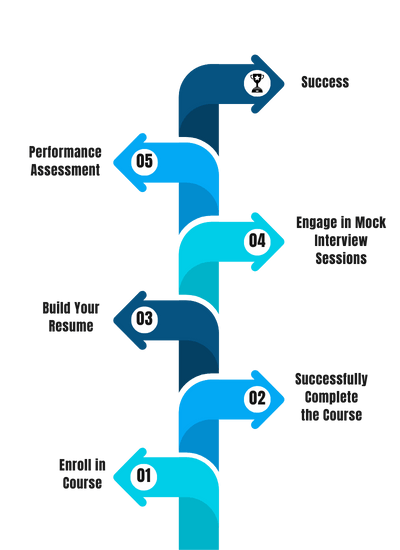
FAQ'S
- Classroom Training
- Online Training
- Corporate Training
- On campus Training
Career Assistance
- Build an Impressive Resume
- Attend Mock-Up Interviews with Experts
- Get Interviews & Get Hired
Training Certification
Earn your certificate
Your certificate and skills are vital to the extent of jump-starting your career and giving you a chance to compete in a global space.
Share your achievement
Talk about it on Linkedin, Twitter, Facebook, boost your resume or frame it- tell your friend and colleagues about it.
Upcoming Batches
What People Say
Our Partners
Need Customized Curriculum? Request Now
Structure your learning and get a certificate to prove it.

Our Clients
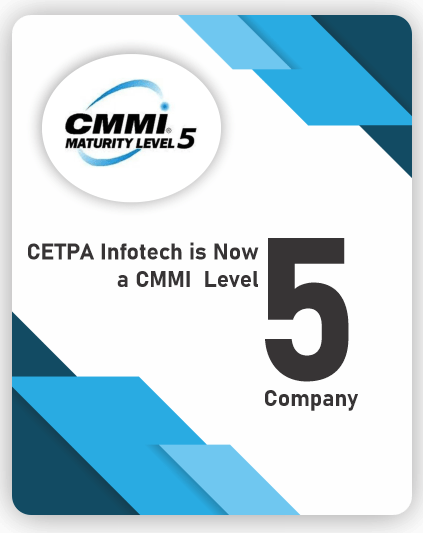
Our Placed Students
Related Courses
Review Us
Aiswarya Saxena
![]() Wednesday, 10 October 2018
Wednesday, 10 October 2018
Best R Programming Training In Noida
Just completed my training from Cetpa in R programming and currently working for DXC technology. A big thanks to my trainer.
Course Features
- Lectures 0
- Quizzes 0
- Duration 10 weeks
- Skill level All levels
- Language English
- Students 0
- Assessments Yes


